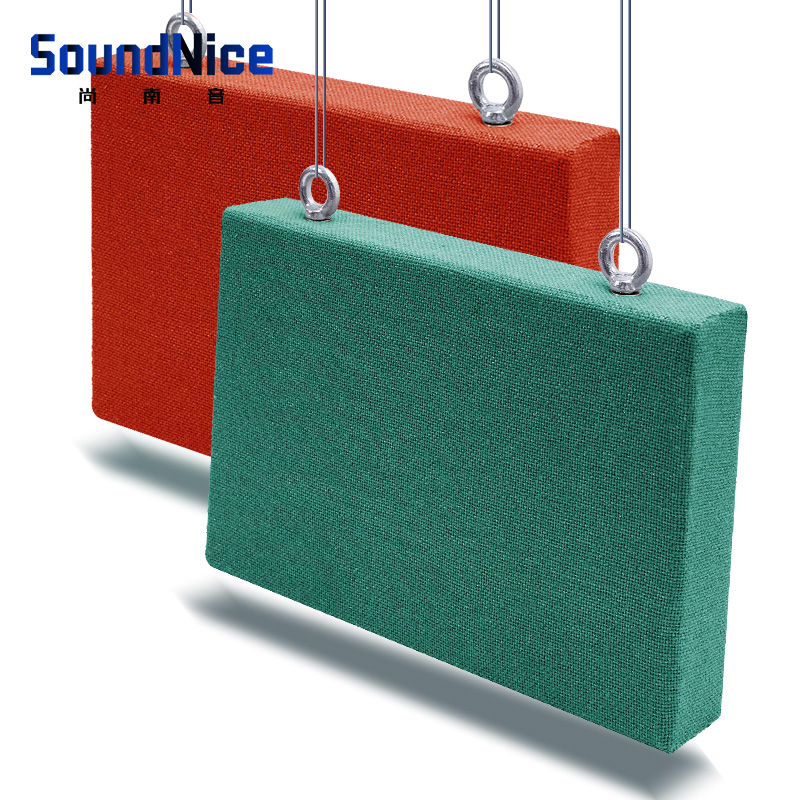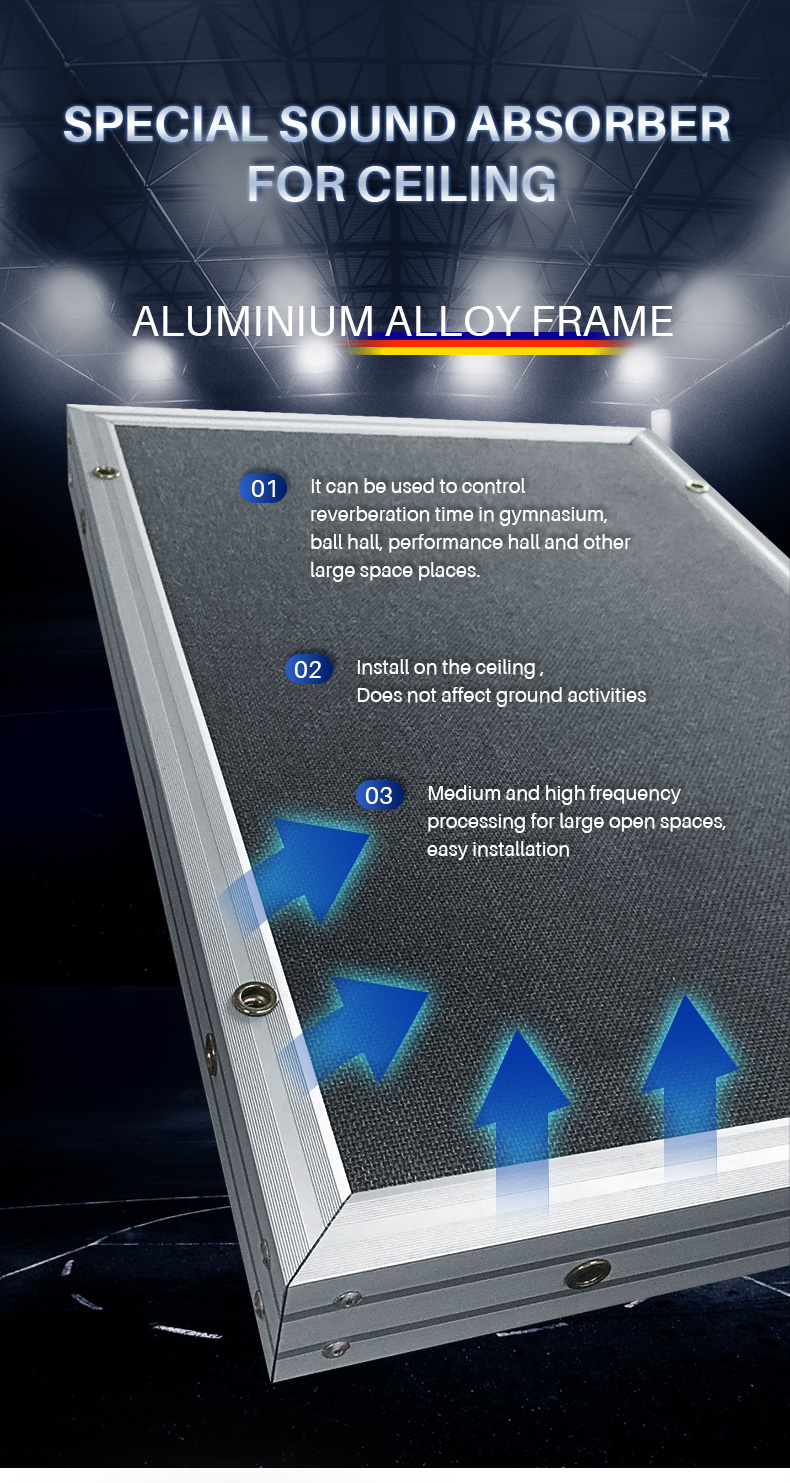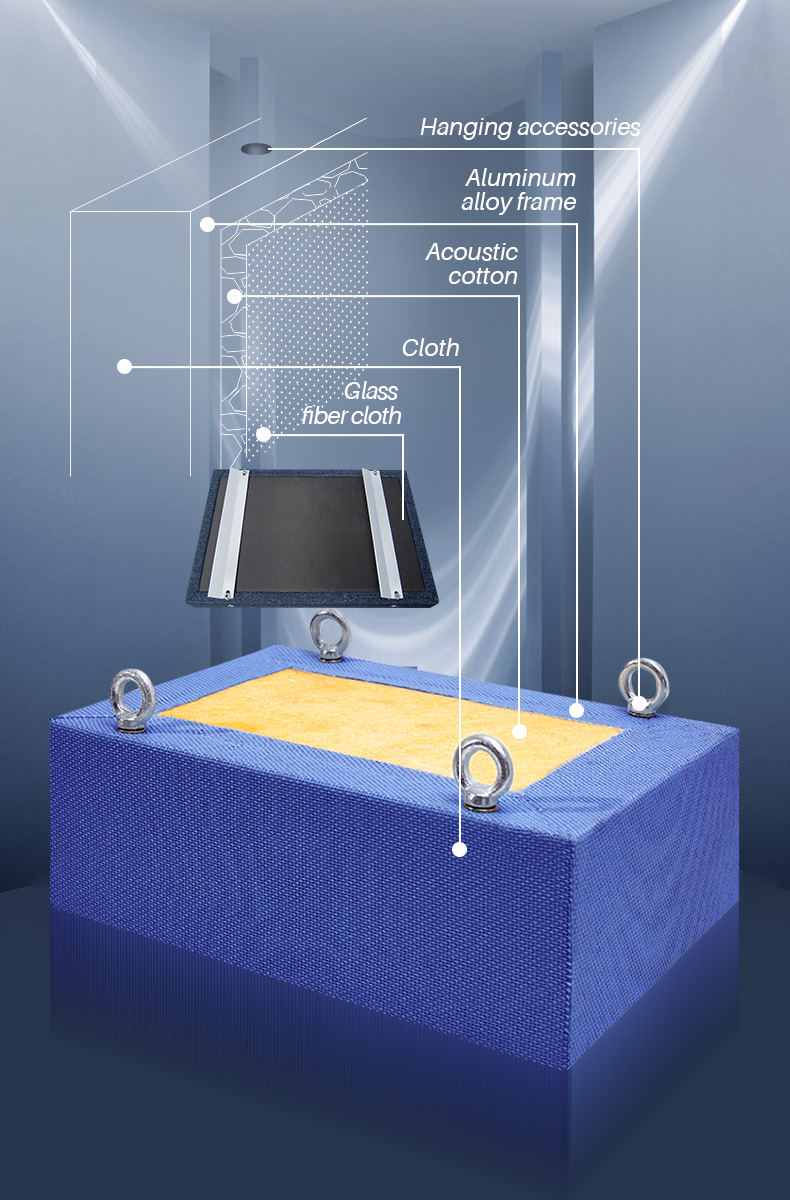
Ceiling Sound Absorbers: Enhancing Acoustic Comfort in Interior Spaces
In the cacophony of modern life, finding moments of tranquility can be a challenge. Whether it's the hustle and bustle of urban environments or the persistent hum of machinery in industrial settings, unwanted noise pervades our daily lives. Enter the ceiling sound absorber, a versatile solution designed to mitigate reverberation and enhance acoustic comfort in interior spaces.
Definition of Ceiling Sound Absorber
A ceiling sound absorber is a specialized acoustic treatment designed to reduce the level of sound reflections within a room by absorbing sound energy. Unlike soundproofing materials that aim to block or isolate sound, absorbers work to tame the reverberation caused by sound waves bouncing off hard surfaces such as walls, floors, and ceilings.
Importance of Sound Absorption in Interior Spaces
The significance of sound absorption in interior spaces cannot be overstated. Excessive reverberation can lead to a myriad of issues, including decreased speech intelligibility, increased stress levels, and diminished overall comfort. By incorporating ceiling sound absorbers into architectural designs, designers and architects can create environments that foster productivity, relaxation, and well-being.
Types of Acoustic Ceiling Absorbers
Porous Absorbers
Porous absorbers are one of the most common types of ceiling sound absorbers. These absorbers typically consist of materials with open-cell structures, such as fiberglass panels or foam panels. When sound waves encounter these porous materials, a portion of the energy is dissipated as heat through friction within the material, thereby reducing the sound level in the room.
Fiberglass panels are a popular choice for porous absorbers due to their high sound absorption coefficients across a broad frequency range. These panels are available in various thicknesses and densities to accommodate different acoustic requirements. Similarly, foam panels offer excellent sound absorption properties and are often chosen for their lightweight and easy-to-install nature.
Resonant Absorbers
Resonant absorbers operate on a different principle than porous absorbers, utilizing the concept of resonance to dissipate sound energy. These absorbers are typically comprised of Helmholtz resonators or membrane absorbers. Helmholtz resonators consist of a cavity with an opening connected to the surrounding space through a neck or channel. When sound waves enter the cavity, they cause the air inside to vibrate at the resonant frequency, effectively absorbing the sound energy.
Membrane absorbers, on the other hand, employ a flexible membrane stretched over a cavity. When sound waves strike the membrane, it vibrates sympathetically, converting sound energy into mechanical energy and dissipating it as heat. Both Helmholtz resonators and membrane absorbers offer targeted absorption at specific frequencies, making them ideal for addressing resonance issues in critical listening environments.
Factors to Consider When Choosing Ceiling Sound Absorbers
Acoustic Properties
When selecting acoustic ceiling absorbers, it is essential to consider their acoustic properties to ensure optimal performance. Two primary metrics used to evaluate absorptive materials are the absorption coefficient and the noise reduction coefficient (NRC). The absorption coefficient indicates the percentage of sound energy absorbed by the material at various frequencies, while the NRC provides a single-number rating that represents the average absorption across the frequency spectrum.
Aesthetic Considerations
In addition to their acoustic performance, ceiling sound absorbers should also complement the aesthetic of the space. Many manufacturers offer a range of color and texture options to integrate seamlessly with the existing décor. Whether it's sleek, minimalist panels for a contemporary office environment or fabric-wrapped panels for a more traditional aesthetic, there are plenty of design choices available to suit every preference.
Installation and Placement Guidelines
Determining Optimal Placement
Proper placement of acoustic ceiling absorbers is critical to achieving the desired acoustic results. To determine the optimal placement, designers should consider the room's size, shape, and function, as well as the location of sound sources and listeners. Generally, absorbers should be positioned strategically to target primary reflection points and areas of high reverberation.
Proper Installation Techniques
Once the placement has been determined, it's essential to follow proper installation techniques to maximize the effectiveness of the absorbers. Factors such as the distance from the ceiling and the spacing between panels can significantly impact their performance. For porous absorbers, increasing the airspace behind the panels can improve low-frequency absorption, while for resonant absorbers, tuning the cavity dimensions is crucial to achieving resonance at the desired frequencies.

Benefits of Using Ceiling Sound Absorbers
Improved Speech Intelligibility
One of the most significant benefits of using acoustic ceiling absorbers is the improvement in speech intelligibility. By reducing the level of reverberation in a room, absorbers help to clarify speech and enhance communication, making it easier for listeners to understand and engage in conversation.
Reduction of Reverberation
Another key advantage of ceiling sound absorbers is their ability to reduce reverberation, creating a more acoustically balanced environment. Excessive reverberation can blur the distinction between sounds, leading to auditory fatigue and decreased concentration. By absorbing sound energy, absorbers help to shorten the decay time of reflections, resulting in a clearer and more defined auditory experience.
Enhanced Overall Acoustic Comfort
In addition to improving speech intelligibility and reducing reverberation, ceiling sound absorbers contribute to enhanced overall acoustic comfort. By creating a more pleasant and harmonious sonic environment, absorbers promote relaxation, productivity, and well-being, ultimately enriching the quality of life for occupants of the space.
Conclusion
Ceiling sound absorbers play a vital role in enhancing acoustic comfort and optimizing the listening experience in interior spaces. By understanding the different types of absorbers available, considering their acoustic properties and aesthetic considerations, and following proper installation guidelines, designers and architects can create environments that foster communication, creativity, and connection. Whether it's a bustling office, a serene restaurant, or a lively entertainment venue, the strategic use of acoustic ceiling absorbers can make all the difference in shaping the sonic landscape of the built environment.









Leave a comment